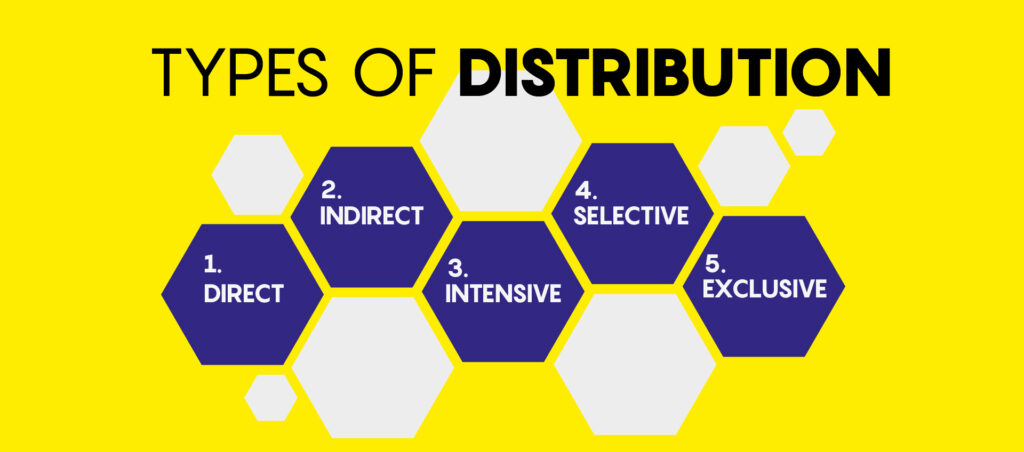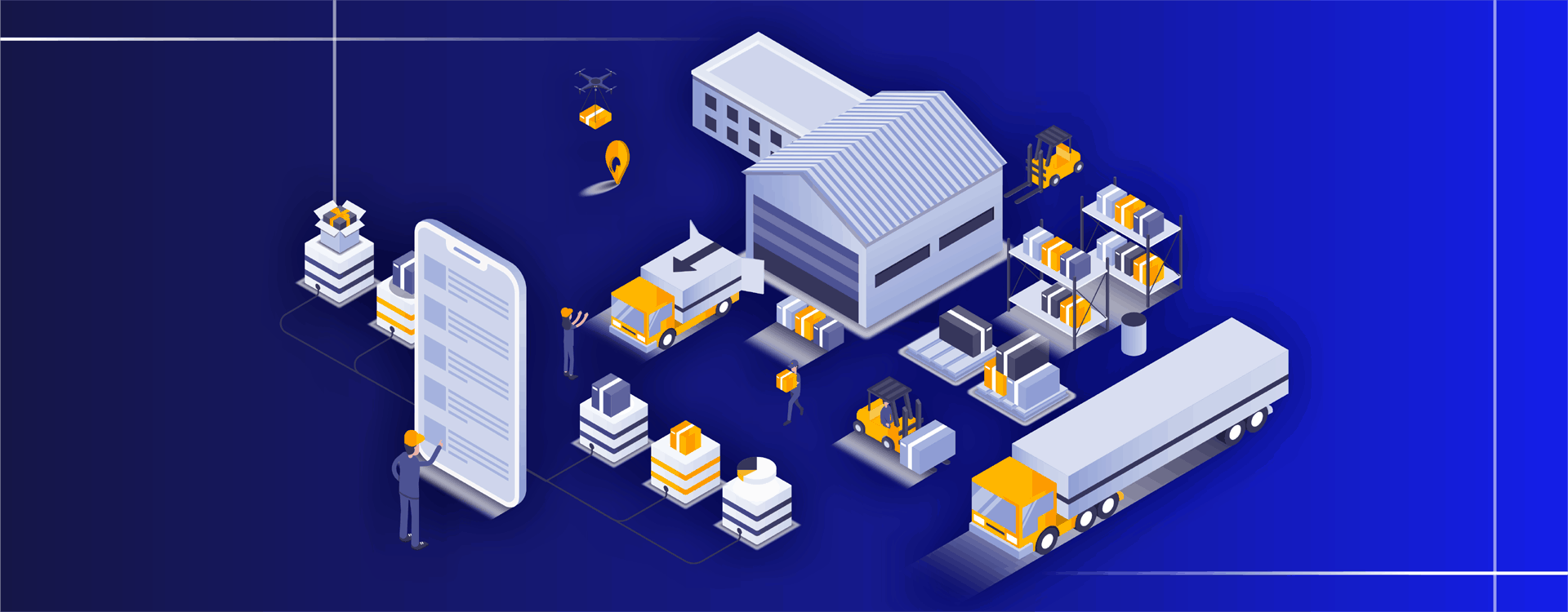If you purchased an item from Amazon and had the package home-delivered, you could be somewhat familiar with the concept of distribution channels. You will rarely find business owners glamorising how they build distribution channels (how they raise funding or tell stories on social media usually tops that list of achievement). But you need several distribution channels to ensure multiple revenue streams and grow your business.
‘‘
Getting the product to the end-user is as important as the product itself. This is why you need a good distribution channel in place.
So, What Is Distribution?
Now that you have procured raw materials and developed the goods/services, it is time to go to market and sell them – either directly via the Web, your sales force or retail outlets or indirectly through wholesalers, distributors and the likes. Think of it as business networks through which your products or services will reach all end users. In business jargon, these networks are called distribution channels.
A typical business will use both direct and indirect channels for quicker market access and rise in sales. Take, for instance, any famous cosmetics brand. One can buy its products online, at the company’s retail centres or at the local shop/supermarket. Understandably, the latter gets the stock through indirect distribution, mostly through wholesalers, distributors, dealers and other middle agencies.
Now, let us take a look at the distributors. They are the middle agencies which buy products from manufacturers and sell them to the wholesalers that buy and sell the products to retail stores in bulk. Sometimes the distributor will bypass the whole seller and opt for multiple dealers instead, who specialise in a niche market and deal with very specific products. For a distributor to do their job effectively they need to build and maintain relationships with the manufacturers and stay up-to-date on all the goings-on in the market.
Distributors also manage orders, oversee returns and even sell products on behalf of the brand at times. A good distributor has a thorough understanding of the market and uses that to prompt bigger sales.

Types Of Distribution
Direct
The product is directly delivered to customers or other businesses with no middle agencies involved. A good example of a direct channel is Sony it takes orders from customers directly through their website and has their company deliver it to the customer without an intermediary. These channels can be very effective in the long run. The company will have to spend more on storage and transport for the goods. The direct method is used mostly by businesses dealing in perishable goods, like farmers’ markets.
Indirect
This involves several middle agencies between the supplier and the final point of sales. This includes distributors, wholesalers, dealers, retailers, franchises and VARs (value-added resellers). Since there are so many channels to pass through and all of them have to be paid, the process sometimes ends up driving up the end-price for the customer by inflating the market price. The upside is that it won’t cost nearly as much as direct distribution channels, which means cost saved for the company.
Intensive
The goal here is to gain as much visibility in the market as possible, as fast as possible. This includes everyday consumer products like soaps, toothpaste, bread etc. The things that have a mass-sales capacity and move fast. The more places and the more often your customers see your product, the more likely they are to buy it. Brand awareness is the name of the game. There is a risk to playing it hard and fast: If you end up sending your product to a location where the competition enjoys better customer loyalty, you will run into a loss. Using this kind of distribution channel needs a watchful eye over the current market trends.
Selective
This is when the manufacturer sends the products to a select number of stores in specific locations, giving their brand a more premium feel. The manufacturer can control the price for a certain area and give those customers a personalised shopping experience. This method allows the brand a certain amount of edge over the competition since they can target specific areas where the competition may not have the best customer following. This method allows you the opportunity to target these weak spots in the market and use them to your advantage.
The Whirlpool company is a good example of this as they sell their appliances through dealer networks in specific areas where they can expect a better sales rate. These often include middle-to-high-income residential areas or office campuses where demand for air conditioners and other white goods will be high.
Exclusive
Manufacturers sell these items to a select number of middle-agencies. You get a better profit margin from luxury items. For example, Rolex, iPhones and supercars. With that being the case, there is no real need for intensive mass productions and sales like that of everyday items because the higher price tag makes up for it.
‘‘
There is no one single way to distribute your products or services, but it is important to know where to start. For that you need a solid strategy to build your distribution network.

How To Build Distribution Network
Find the market
Before you start forming any sort of distribution plan, you need to consider the market. Look at what your product is, and which demographic, in which area would find the most use for your product. Once you identify the need in the market and you know for sure that your product can meet those demands, only then do you move ahead.
Know your competition
Find out everything you can about the rival brands – look at what distribution strategy they use and how successful they are with those methods. This gives you a rough idea of how you could expect your product to perform once it hits the market. Let the enemy do the work for you.
Choose the best channel
Now comes the time to start laying the groundwork. You need to see which type of distribution channel would best suit your product and help it perform well in the market. If it is a top-of-the-line diamond-studded watch, you should choose an exclusive distribution channel that includes a select number of stores and customers. If it is ice cream soda, you may choose the intensive method to outshine your competition.
Whatever you choose, you not only need to make sure that it complements the type of product you are selling, but you also need to see if it falls within the budget. If not, you need to account for that and make the necessary adjustments, because what matters most is making sure that the product flies off the shelves at the end of the day.
Set up the chain
Now it is time to approach channel partners, but before you do, ask yourself: What is the logistics? You need to have a clear idea of how orders and return will be handled, if there will be storage needs, how the inventory will be accounted for and so on. Once you have the answer to these questions, you are ready to go.
Pricing and Revenue
You must support your channel partners and pay them for their services. Treat them as a business partner and as a customer. After all, they also have a business to run, so promote their businesses as well. Provide them with training and advertisement where you can to increase their internal efficiency.
No matter what you choose as your ideal strategy, make sure to keep tabs on the chain of distribution. Do a regular performance analysis. See if the customers are happy and if everything is performing as well as it should be.
Check out our article on ‘business automation’ to see how you can step up your business’s operations.




